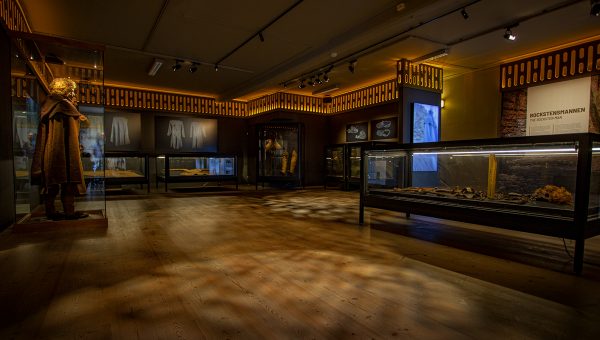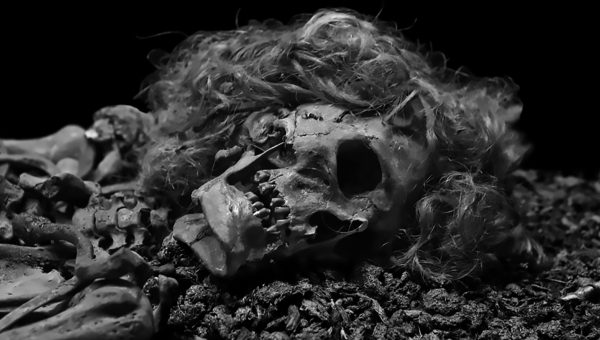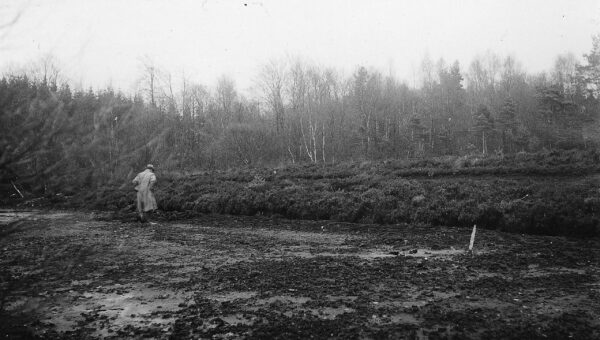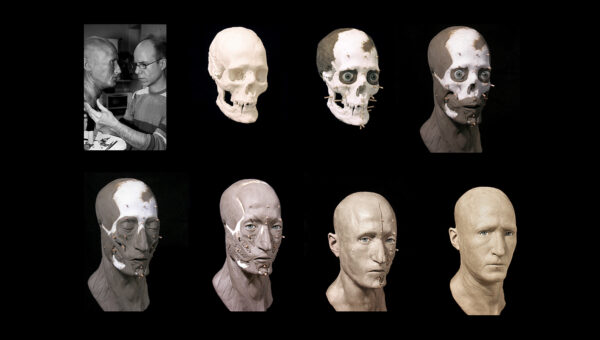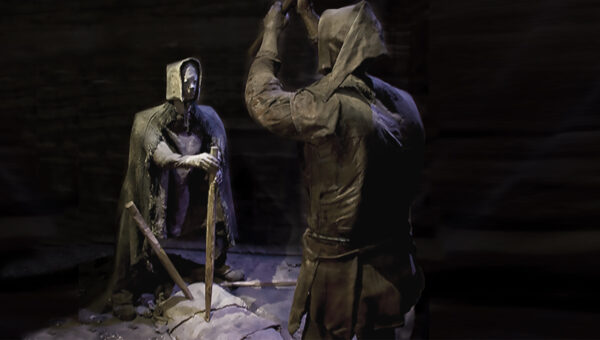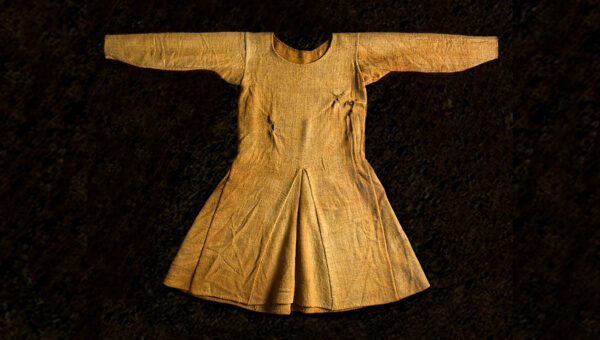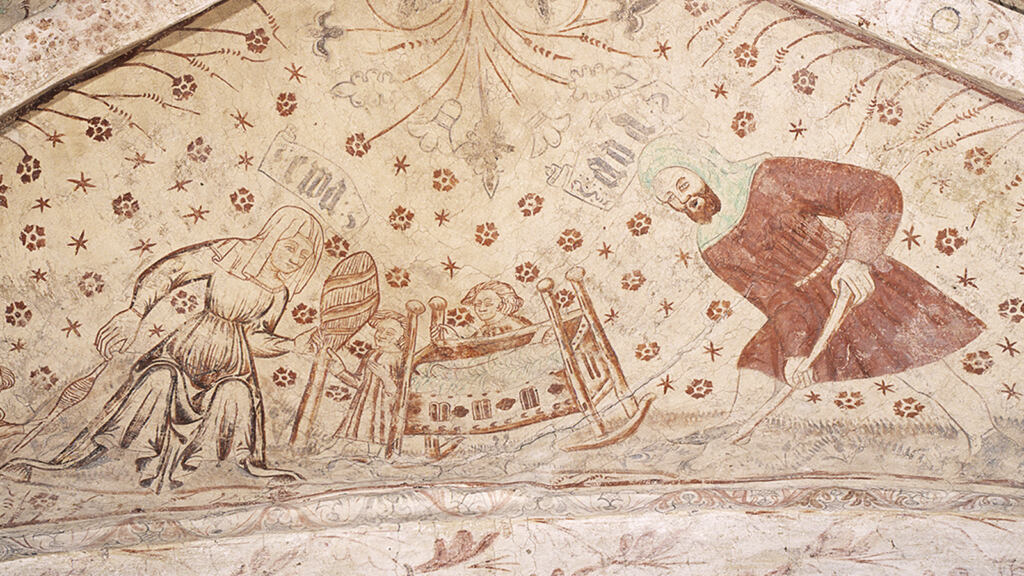
HALLAND IN THE TIME OF THE BOCKSTEN MAN
The 13th and 14th centuries saw major societal shifts in Sweden. The vast majority of the population – i.e. peasants and farmers – were subjected to high levels of taxation.
At the same time, an upper class was formed, made up of nobility and prominent persons, who were not required to pay taxes but instead gained taxes from the people. Their new-found wealth meant that the nobility could build their grand castles for the first time.
In Halland alone, Lagaholm, Falkenbergshus, Varberg and Hunehals castles were built in this era. Several towns across Halland also emerged at the same time: first Halmstad and Laholm, followed shortly by Varberg (Getakärr), and later Falkenberg and Kungsbacka. During this period, constant wars were being fought in Halland between the Scandinavian kingdoms. For the population, it was a time of worry and hardship.
Around 1350 the Black Death struck hard throughout Europe, and Halland was not spared. Many people died, shrinking the population substantially and leaving a large number of farms desolate. Traces of this upheaval can still be found in the landscape of the Bocksten Bog in Åkulla today. The Bocksten Man lived during this period, around the mid 14th century in Halland. His somewhat elevated position in society may have meant that he visited Varberg Castle and even set foot in the very hall where his remains are now on display.

